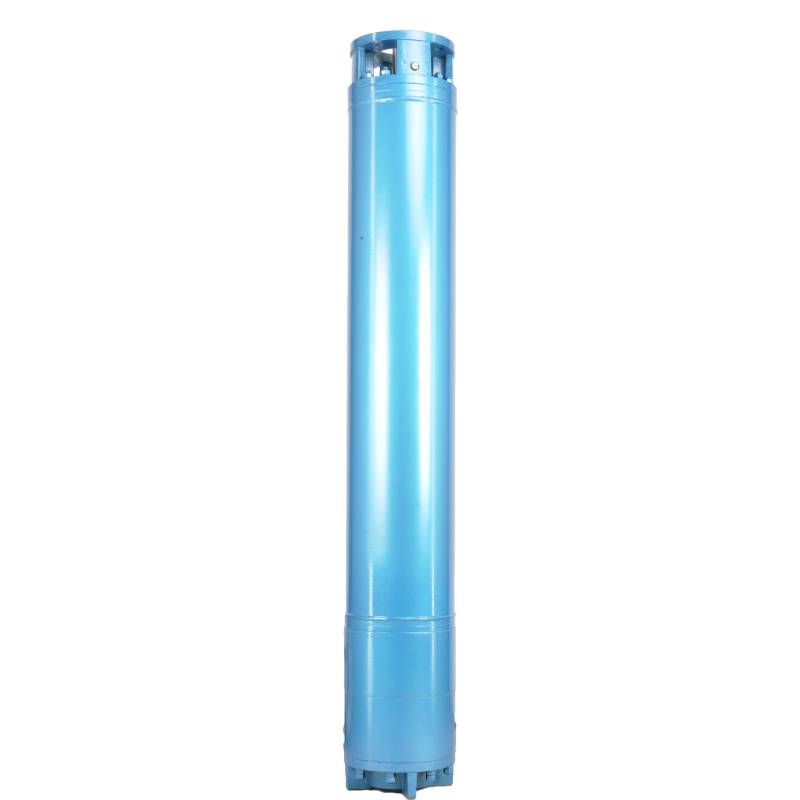Nov . 06, 2024 06:17 Back to list
Submersible Pumps for Efficient Agricultural Irrigation Solutions and Applications
Submersible Pumps for Irrigation Enhancing Agricultural Efficiency
Irrigation is a crucial aspect of modern agriculture, ensuring that crops receive the necessary water to thrive, especially in regions where rainfall is inconsistent or insufficient. Among the various technologies employed in irrigation, submersible pumps have gained significant popularity due to their efficiency, reliability, and versatility. This article explores the advantages and applications of submersible pumps in irrigation systems.
A submersible pump is designed to operate underwater, making it ideal for drawing water from deep wells, boreholes, or reservoirs. Unlike traditional pumps that require suction to draw water, submersible pumps push water to the surface, making them more efficient in situations where water sources are located below the surface. Their design allows them to be placed directly in the water, minimizing energy loss and maximizing output.
Submersible Pumps for Irrigation Enhancing Agricultural Efficiency
In addition to their performance, submersible pumps are known for their durability and longevity. Constructed from corrosion-resistant materials, they can withstand harsh environments and are less prone to wear and tear compared to surface pumps. This resilience is essential for agricultural operations, where equipment must endure prolonged exposure to water and varying soil conditions. Moreover, since submersible pumps are submerged, they are less susceptible to damage from debris or other external factors.
submersible pump for irrigation

The versatility of submersible pumps also extends to their application in different irrigation systems. Whether it’s center pivot, flood, or drip irrigation, submersible pumps can be adapted to suit various needs. Farmers can easily integrate these pumps with existing systems or use them as standalone solutions to meet specific irrigation requirements. For instance, in regions where low-quality water is available, submersible pumps can be equipped with filters to ensure that only clean water reaches the irrigation system, thus protecting crops from contamination.
Moreover, many submersible pumps are compatible with solar energy systems, making them an environmentally friendly option for irrigation. Solar-powered submersible pumps can operate off-grid, allowing farmers in remote areas to access water without relying on conventional electricity sources. This renewable energy integration not only reduces operational costs but also contributes to sustainable farming practices, aligning agriculture with modern demands for ecological responsibility.
While submersible pumps offer many advantages, it is essential for farmers to consider several factors when selecting a pump for irrigation. Key considerations include the depth of the water source, the required flow rate, and the specific irrigation method being used. Properly sized and installed pumps will maximize efficiency and minimize energy consumption, ultimately leading to a more productive agricultural operation.
In conclusion, submersible pumps represent a significant advancement in irrigation technology, offering efficiency, durability, and versatility that can enhance agricultural productivity. As the agricultural sector continues to adapt to the challenges posed by climate change and resource scarcity, investing in reliable irrigation solutions like submersible pumps will be crucial for ensuring food security and sustainable farming practices. With ongoing technological advancements, the future of irrigation looks promising, providing farmers with the tools they need to optimize their operations and yield high-quality crops.
-
Submersible Water Pump: The Efficient 'Power Pioneer' of the Underwater World
NewsJul.01,2025
-
Submersible Pond Pump: The Hidden Guardian of Water Landscape Ecology
NewsJul.01,2025
-
Stainless Well Pump: A Reliable and Durable Pumping Main Force
NewsJul.01,2025
-
Stainless Steel Submersible Pump: An Efficient and Versatile Tool for Underwater Operations
NewsJul.01,2025
-
Deep Well Submersible Pump: An Efficient 'Sucker' of Groundwater Sources
NewsJul.01,2025
-
Deep Water Well Pump: An Efficient 'Sucker' of Groundwater Sources
NewsJul.01,2025
-
 Submersible Water Pump: The Efficient 'Power Pioneer' of the Underwater WorldIn the field of hydraulic equipment, the Submersible Water Pump has become the core equipment for underwater operations and water resource transportation due to its unique design and excellent performance.Detail
Submersible Water Pump: The Efficient 'Power Pioneer' of the Underwater WorldIn the field of hydraulic equipment, the Submersible Water Pump has become the core equipment for underwater operations and water resource transportation due to its unique design and excellent performance.Detail -
 Submersible Pond Pump: The Hidden Guardian of Water Landscape EcologyIn courtyard landscapes, ecological ponds, and even small-scale water conservancy projects, there is a silent yet indispensable equipment - the Submersible Pond Pump.Detail
Submersible Pond Pump: The Hidden Guardian of Water Landscape EcologyIn courtyard landscapes, ecological ponds, and even small-scale water conservancy projects, there is a silent yet indispensable equipment - the Submersible Pond Pump.Detail -
 Stainless Well Pump: A Reliable and Durable Pumping Main ForceIn the field of water resource transportation, Stainless Well Pump has become the core equipment for various pumping scenarios with its excellent performance and reliable quality.Detail
Stainless Well Pump: A Reliable and Durable Pumping Main ForceIn the field of water resource transportation, Stainless Well Pump has become the core equipment for various pumping scenarios with its excellent performance and reliable quality.Detail
